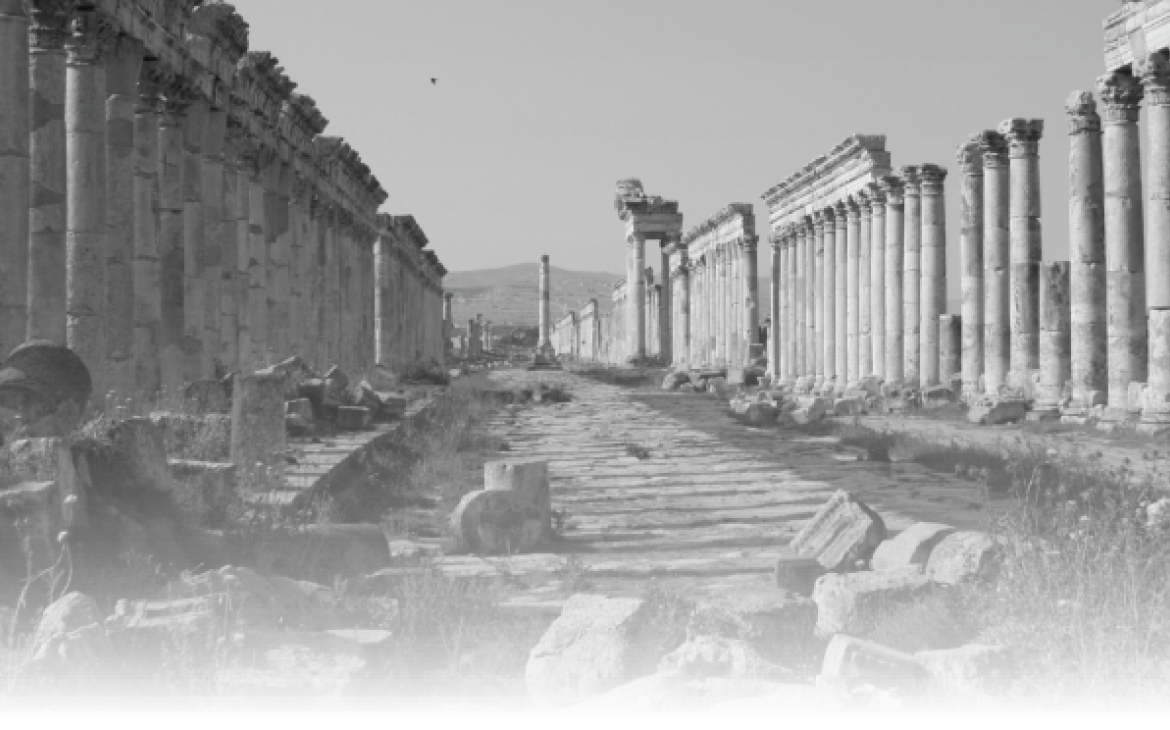Thanks to the Memorandum of Understanding signed between UNESCO and UNITAR in 2015, and building on our previous report on damage to archeological sites in Syria (2014), satellite imagery analysis is now a routine tool for assessing potential damage to cultural heritage sites.
UNITAR’s UNOSAT programme ensures timely access to imagery derived information over areas of conflict inaccessible to the international community and provides supplemental information to field data when access is possible. This applies to the protection of cultural heritage both in conflict situations and during natural disasters.
The complementary roles of UNESCO and UNITAR-UNOSAT are important as they ensure an objective One UN assessment of the status of cultural heritage, free from political bias and founded on scientific methods. This is of particular significance during conflict situations, such as in Syria and Iraq. The examples given in this report illustrate both the invaluable heritage of the specific sites through UNESCO’s contribution and the resulting technical analysis performed by UNITAR-UNOSAT.
With World Heritage properties and other cultural heritage under increasing risk of destruction, objective and timely information is crucial for UNESCO and affected governments to call for and take action towards its protection. UNOSAT is pleased to contribute to this important work and to once again guide the way to apply innovative satellite imagery solutions for UN sister agencies and Member States.
For more information contact unosat@unitar.org



